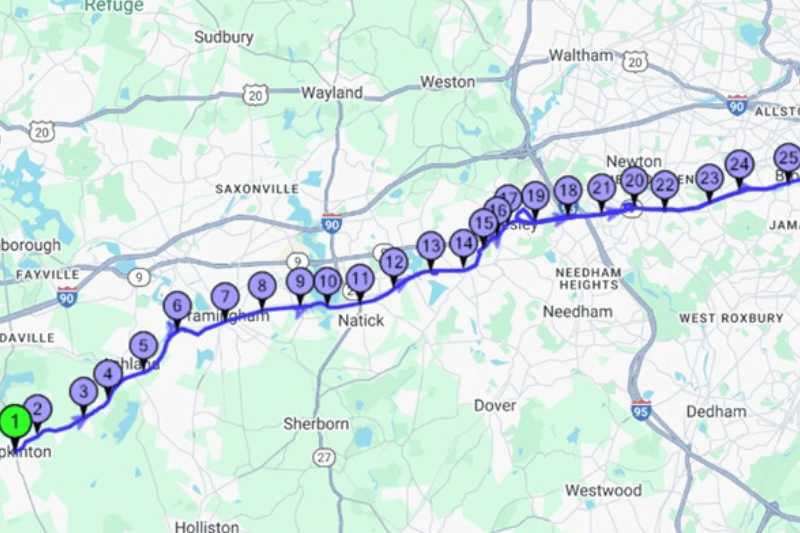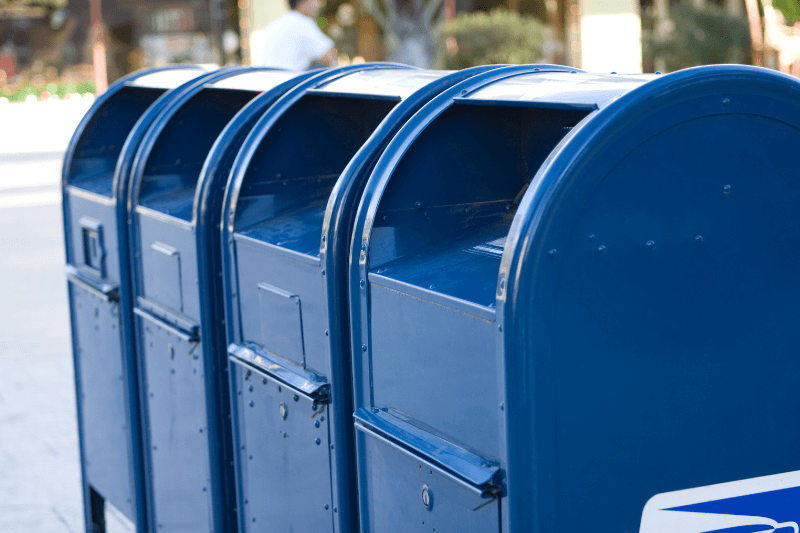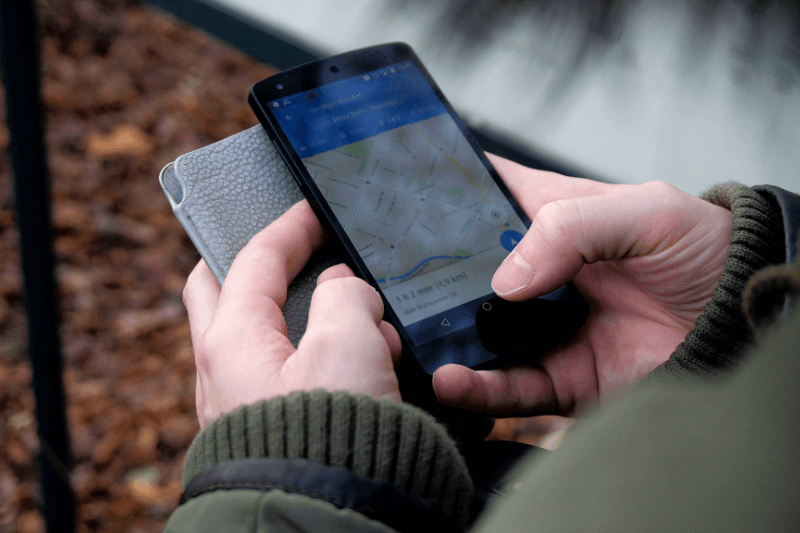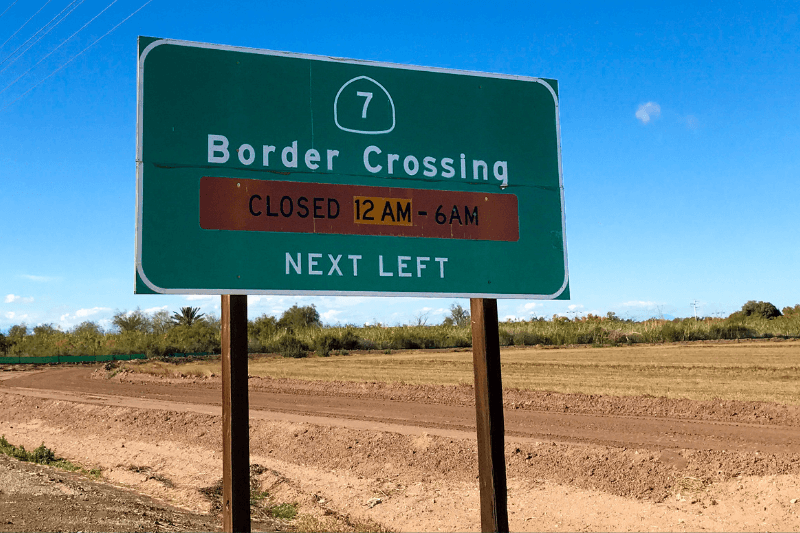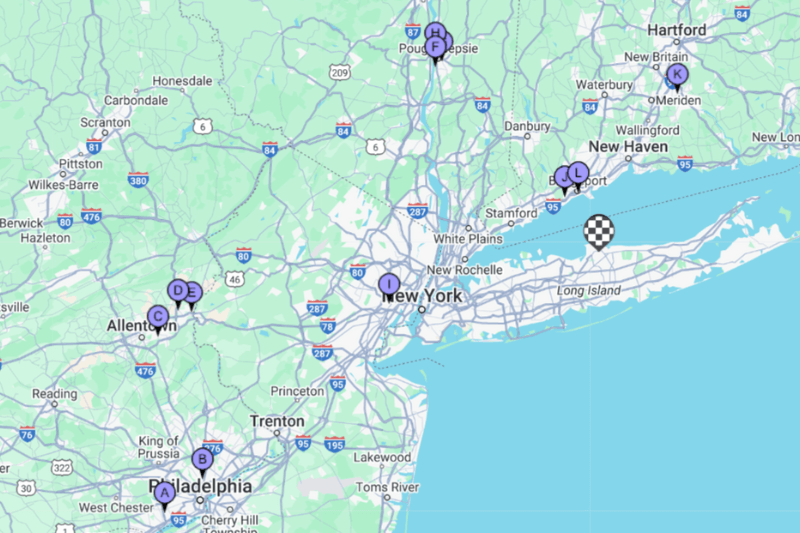Enhance Logistics' KPIs Using a Route Planner
May 16, 2023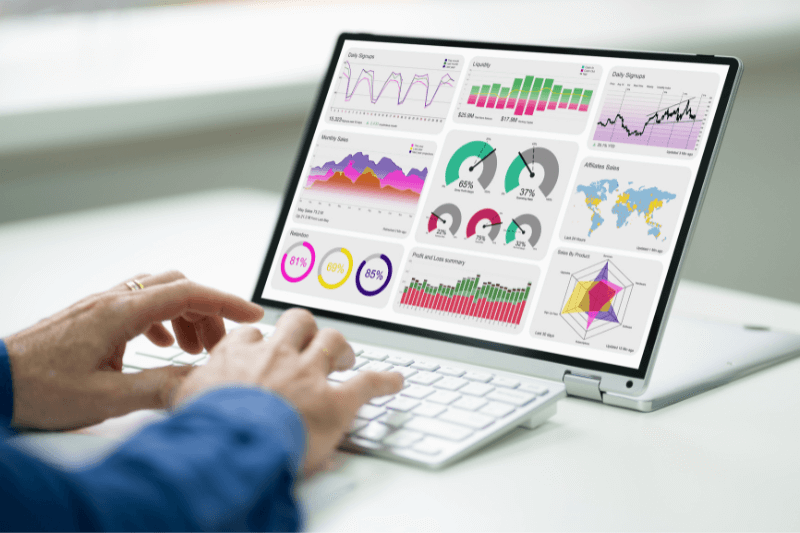
Entrepreneurs running successful logistics companies or companies with a transportation component will be familiar with the term “KPIs”. KPIs, or Key Performance Indicators, are metrics used to measure the company’s performance and efficiency in different sectors or elements of activity. Measuring KPIs is important in order to asses whether the company focuses too many resources in some areas, while neglecting others, or to indicate where a company could improve its processes. In the field of transportation, there are several metrics in which a route planner can help a business improve.
Dispatch and Driver KPIs
Planned vs actual performance
It’s no secret that a route planner can create optimized routes for the drivers to reach the best efficiency and the shortest, safest route to the destination. However, these routes are no use if the drivers do not actually follow them, or do not manage to do so in the allocated time. With an advanced route planner, a dispatch team will be able to follow the drivers’ position in real time in order to assess if the driver is able to meet the planned efficiency. By assessing this, the company can understand what challenges the drivers face out in the field and modify the routes or the driver’s training accordingly.
Safety-related metrics
When running a logistics business, the number one priority should be the safety of the drivers and other employees. Traffic incidents, speeding, or DOT violations may sometimes occur, but the overall goal is to keep these to a minimum and to ensure that both the drivers and the packages arrive safely at their destination. A route planning software allows the business to plan the safest routes while taking into account factors such as traffic, speed, and weight limits. By minimizing the distance that drivers must travel, a route planner ensures the safest outcome for each delivery.
Compliance-related metrics
A responsible logistics operator will need to track drivers’ hours of service (HOS), to ensure no HOS violations occur, as well as to account for the possible unassigned mileage for each vehicle. To ensure compliance with the regulations, route planning software can help by providing the expected time and distance a vehicle should go through. If the expected mileage and delivery time is then not met, by comparing these metrics, the company can always track the difference and account for them to ensure full compliance with the regulations.
Cost metrics
Cost metrics can include cost-per-mile, miles-per-gallon, revenue-per-stop, and many other indicators for how efficient the company’s drivers, vehicles, planning, and routing can be. MyRouteOnline can create routes that ensure the shortest distance to the destination, the least traffic, and consequently the best possible fuel consumption. Reducing fuel and time-related costs can thus increase the company’s revenue-per-mile and revenue-per-stop, as well as reduce the cost-per-unit-delivered.
Service Metrics
Service metrics measure the extent to which the company is able to deliver its services to the customers in a satisfactory manner. The main service metrics are on-time delivery percentage, and delivered in full percentage. These metrics are often directly proportional to customer satisfaction and customer retention. By optimizing delivery times and the safety of route choice, a route planning software can ensure that more products are delivered in full and on time, in a shorter timespan and with the utilization of less resources. This way, a company can scale their activity without needing to invest in more expensive assets, such as delivery vehicles, or hiring more drivers.
Asset Utilization Metrics
Asset utilization can include a smaller fuel and parts cost per mile, minimal asset inactivity, and compliance with preventative maintenance. These can guarantee a more sustainable development for the company. By using a route planner, the wear and tear of delivery vehicles is minimized, meaning that the vehicles can be used to their full capabilities before needing maintenance, and their down-time is as short as possible. Here is a case study showing reduced truck rental time thanks to our route planner.
Transportation cost as a percent of company revenue
Executive KPIs can ensure that the logistics branch of a bigger company can successfully aid in the development of the business as a whole, without being an unnecessary burden on the company’s budget. As a company scales over time, it is important to keep track of the costs associated with running the different branches, so that the transportation cost as a percent of company revenue can be as low as possible. This allows for higher investment in other areas, such as research and development of the products, or marketing to attract more customers. MyRouteOnline ensures the lowest possible costs for the transportation branch by reducing running miles, delivery times, fuel and maintenance costs, through an efficient route planning process. As an effect, the company can focus on providing better products for their clients, rather than on the purely administrative step of the delivery.
CO2 emissions over time
A company’s commitment to sustainable development and reducing their impact on the environment is especially important for a transportation business. It is well known that transportation using delivery trucks is one of the most polluting industries on the planet, which is why it is important to ensure the reduction of this effect. This can benefit both the company’s social responsibility metrics, as well as promote the appropriate environmental protection values. By using a route planner, which helps reduce the fuel consumption needed to deliver, the CO2 emissions over time can decrease, ensuring compliance with relevant environment legislation and providing a cleaner service for customers.
Regardless of the KPIs considered, it is clear that MyRouteOnline is more than just a way to choose between available routes, and by measuring multiple KPIs a company can foster sustainable and healthy environment both inside and outside the company.
